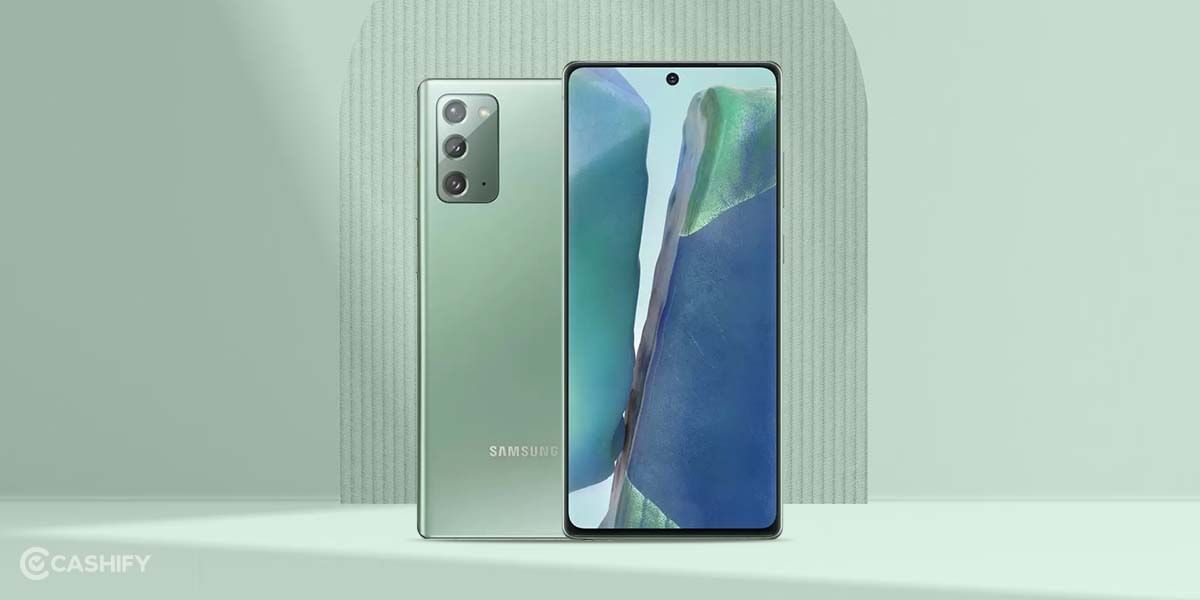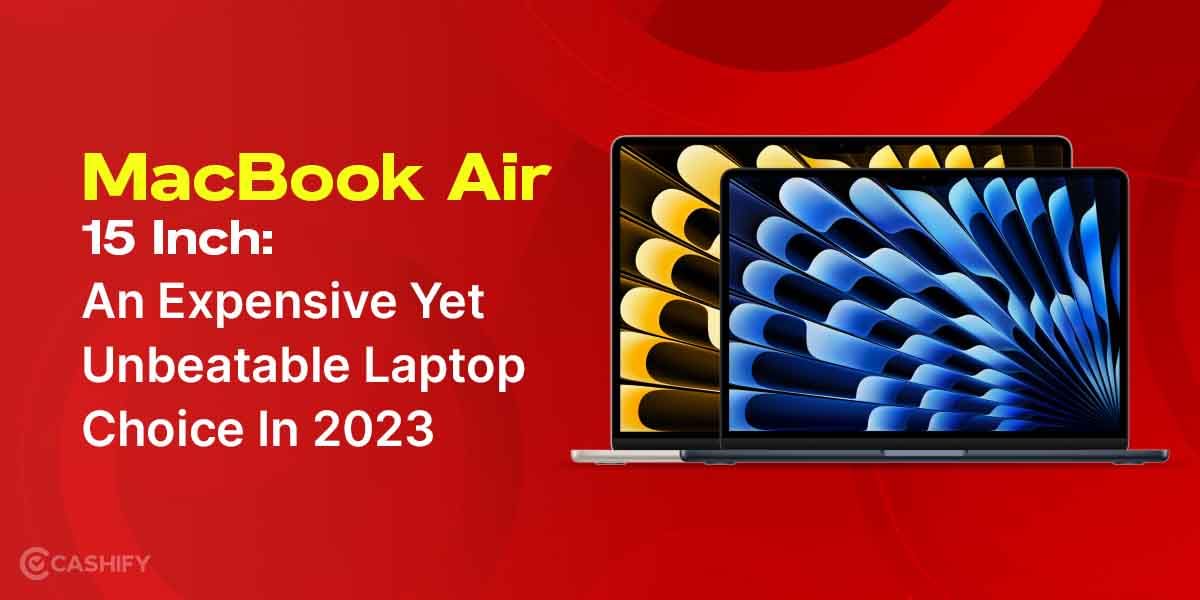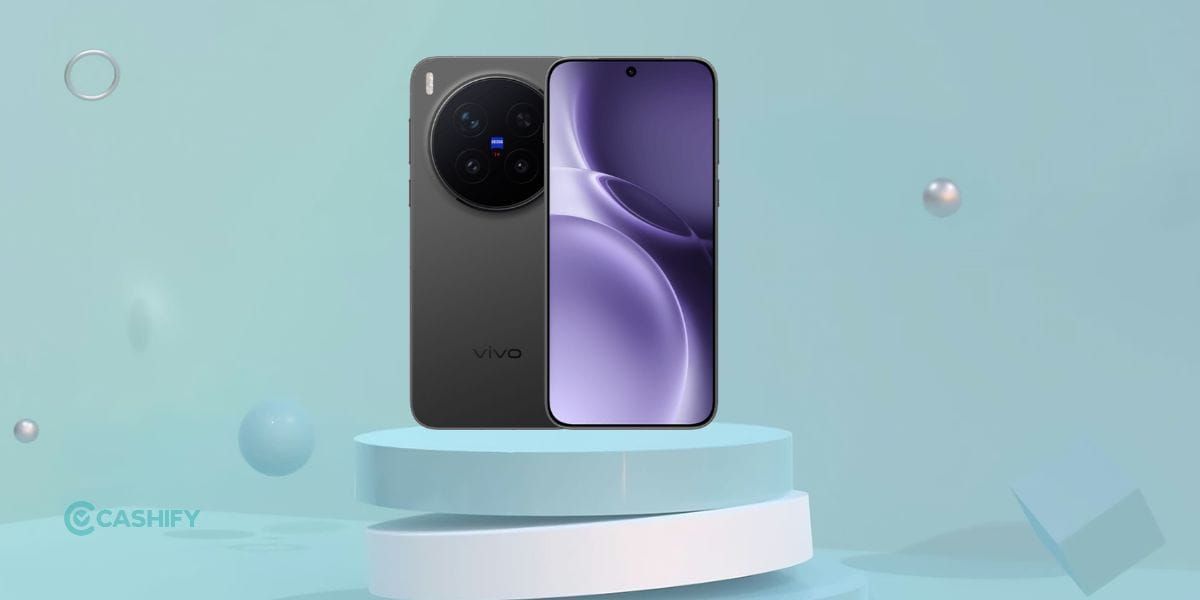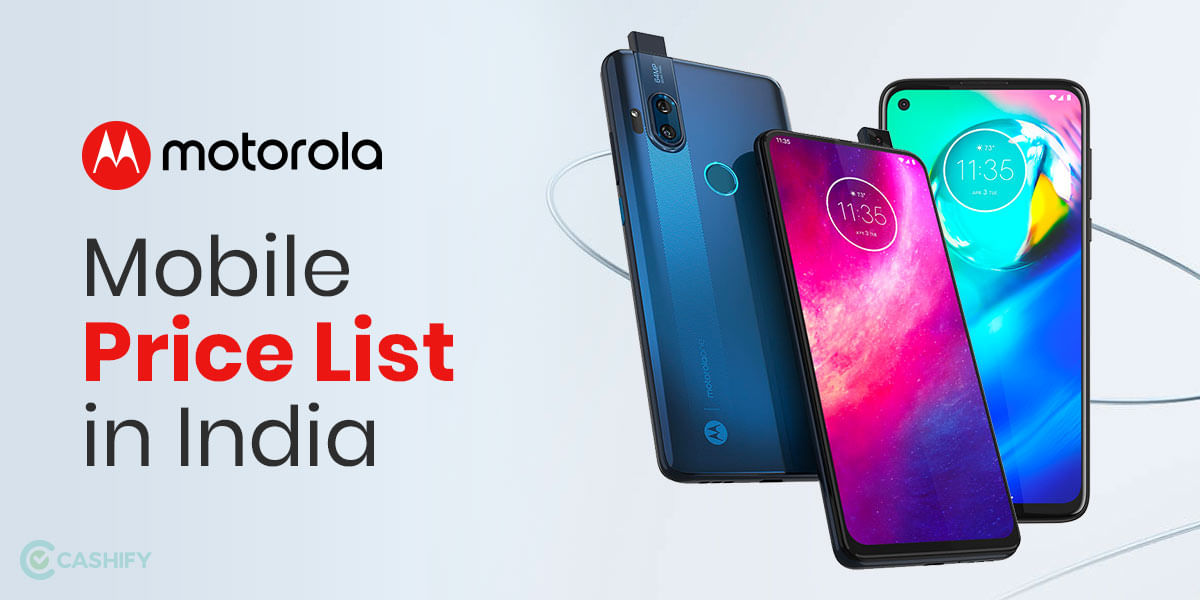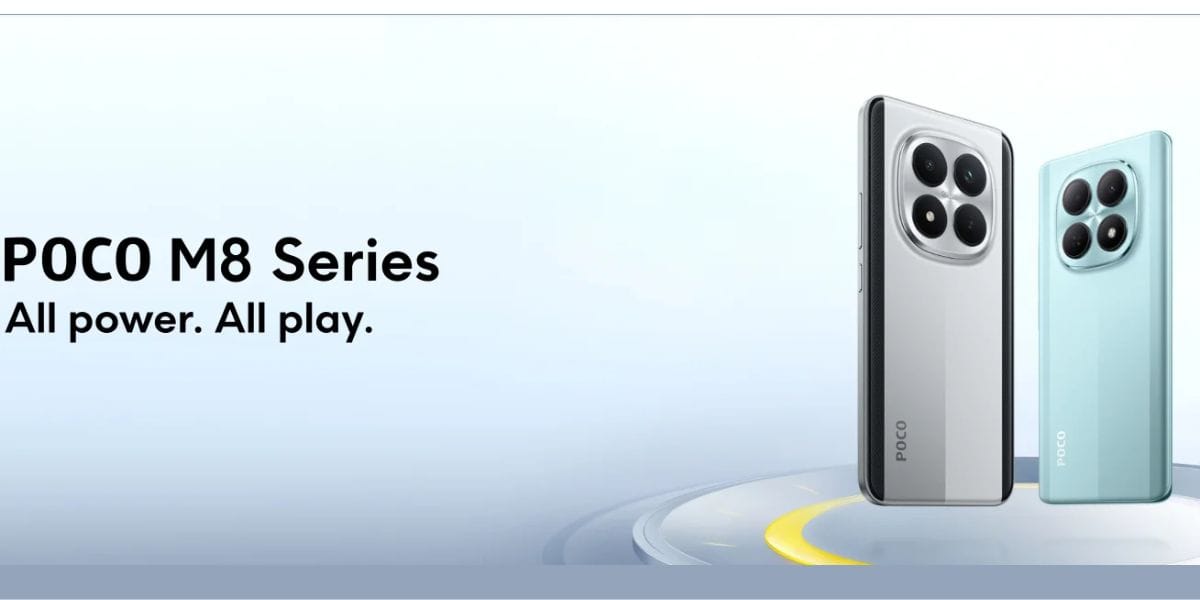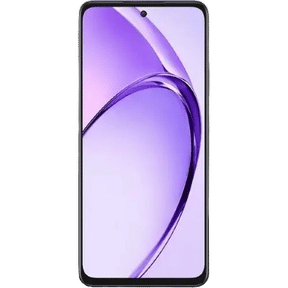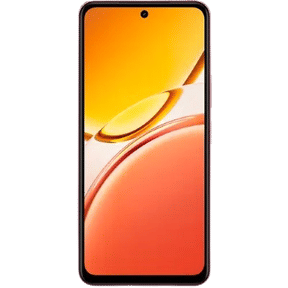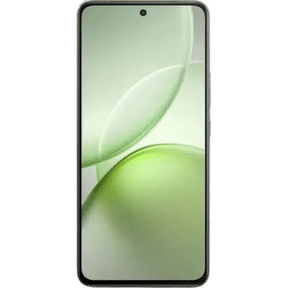There is a reason we call the big five IT companies’ THE BIG FIVE’. They take the initiative that shapes the entire generation of technological products. When Apple came with their first-generation mobile processor, the Apple A4, back in March 2010, it paved the way for various tech companies to adopting in-house chipsets for their devices. The formula was simple, control the hardware pipeline and bend the software development to use the SoC to its maximum capacity.
There is no doubt that the formula was not a success. First, Apple did it with the iPhone, then Samsung did it with their Galaxy series and later on, Huawei did it with their Kirin processors. And recently, Apple came out with the M1 silicon for their Mac, completely moving on from traditional Intel-based laptops. Nevertheless, this whole idea is so successful that companies’ devices with their own chipset perform much better than those who have outsourced their product chipsets.
Also read- How To Install TWRP Recovery Without Root On Android
The Google announcement to introduce their in-house chipset, the Google Tensor, in their upcoming Google Pixel 6 and Google Pixel 6 Pro is no surprise. It was meant to happen. So, what is Google Tensor? Let’s dive right into it.
What is Google Tensor Chip?
Google Tensor is the first System-on-Chip designed by Google. The chip is exclusively designed for the upcoming Google Pixel 6 and Google Pixel 6 Pro; both smartphones will launch this fall. Thus far, there are no conclusive specs sheets of the Tensor chip. However, according to Engadget, the Tensor chip will be an ARM-based chipset housing AI/ML cores and will focus more on utilising Google’s Machine learning capabilities. Something that Snapdragon processors couldn’t do due to hardware limitations.
Also read: Monthly Roundup of Smartphones Launched In July 2021
What will be the benefit of Tensor Chip?
We have already witnessed the powerful AI of Google. The Google camera in the Pixel smartphone is the perfect example of what Google’s computation photography can do. And once we have an entire dedicated process squeezing every juice out of the smartphone and using AI/ML to do banal tasks, the overall experience would be revolutionary.
There are speculations that the Tensor chip will enhance computation photography, video production, and voice recognition, such as a transcript. For example, the chip will enable the Pixel smartphone to do live transcripts accurately and shoot better videos; this will be so accurate that you may not need to type from the keyboard. Apart from that, the chip will be able to live transcript any video or movie that you’re streaming as you watch. This entire processing is done through a new Speech on Device API.
Also read- Best Gaming Phones Of 2021 To Play BattleGrounds Mobile India!
Why make a new chip?
It seems like that this is the new norm. So if you want to make sure that consumers are using your tech products for years, this is the path to ensure it. An in-house chipset clearly has a more significant advantage in utilising the operating system of the smartphone. The problem with Snapdragon, MediaTek or Exynos is that the hardware has its limitation.
Also read- OnePlus 8 Pro Review – It’s still worth buying in 2021
Google is full fledge moving into the Artificial Intelligence realm. They tried to implement their Android’s computation power into the third party chipset, which is not technically designed for such a task. The solution to this issue is to create an in-house chipset that can cater to the Operating System need. Voila Tensor!









